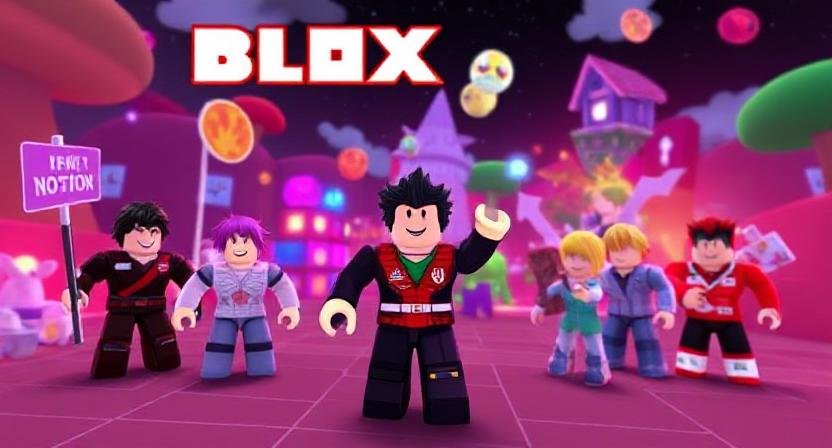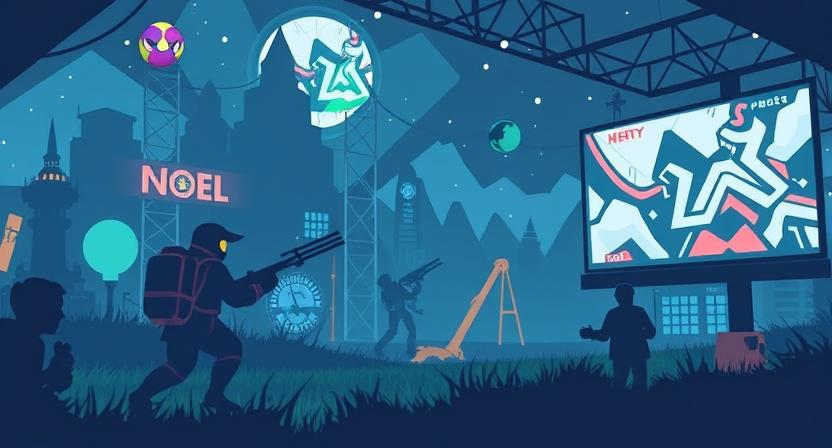In recent years, indie games have dramatically transformed the gaming industry. While big-budget, triple-A titles continue to dominate headlines, independent developers have carved out a significant and influential niche. These small teams or solo creators often operate without the financial backing of major publishers, allowing them the freedom to take creative risks and explore unique gameplay mechanics, storytelling techniques, and art styles.
One of the key impacts of indie games is innovation. Games like Undertale, Celeste, and Hades have received critical acclaim not because of massive budgets, but due to their originality and emotional depth. Without the pressure to meet blockbuster expectations, indie developers can experiment with unconventional themes and mechanics. This creative liberty has helped push the boundaries of what games can be — not just entertainment, but also art and personal expression.
Additionally, the success of indie titles has influenced major developers to reconsider their own design choices. The rise of digital distribution platforms like Steam, itch.io, and the Nintendo eShop has made it easier for indie developers to reach global audiences. As a result, the market has become more diverse, catering to a wider range of player preferences.
Indie games have also played a role in revitalizing old genres and introducing retro aesthetics to younger audiences. From pixel art to roguelikes, many classic elements have been reimagined by indie creators. In doing so, they’ve contributed to a richer, more inclusive gaming landscape.
In short, indie games are not just a trend — they are a powerful force that continues to redefine the modern gaming world.


Leave a Reply